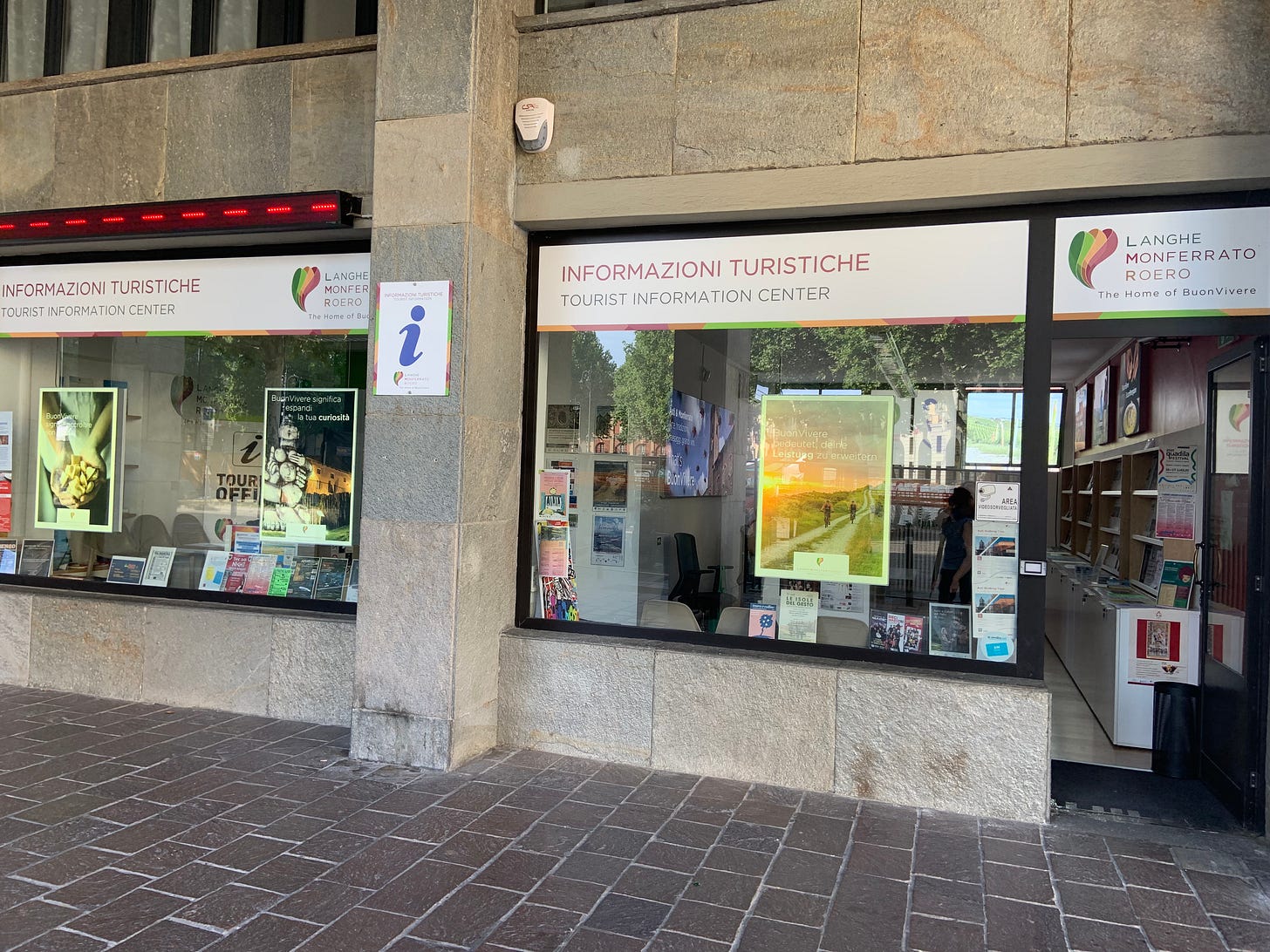Lost in Time: A Medieval City That Looks Like a Fairytale
There's something truly special about that city — the way it holds its history so close and makes visitors feel like they're walking through living stories rather than just looking at old buildings.
The train from Turin carried me through the rolling hills of Piedmont like a gentle prayer, each kilometer bringing me closer to a city I had never seen but somehow felt called to visit. As the locomotive slowed and the station of Asti appeared through the window, I felt that peculiar mixture of excitement and reverence that comes when you're about to step into a place where centuries of human stories have unfolded.
At the tourist information office, a kind woman handed me a town map with the warmth that seems to emanate from every corner of this ancient land. Her fingers traced the streets as she spoke, but I was already lost on the web of medieval lanes and squares printed on the paper—each line a pathway to discovery, each landmark a doorway to the past.
My first destination was the Collegiata di San Secondo. This wasn't just another beautiful church; this was sacred ground in the most literal sense. Here, where the stones beneath my feet lay, a man named Secondo had breathed his last breath for his faith nearly two thousand years ago. The church rose before me, built deliberately on the exact spot where this Roman legionary turned Christian martyr had been killed.
Inside, the silver reliquary gleamed in the soft light filtering through ancient windows. Within that precious box lay bones—not just any bones, but those of a man whose DNA had been analyzed by modern science, confirming what faith had proclaimed for centuries: these were indeed the remains of a man who lived in the second century. The martyr Secondo wasn't just a story told in hushed tones; he was real, he was here, and his sacrifice had shaped this very ground I stood upon.
The Gothic architecture soared around me, but it was the wooden choir that truly took my breath away. Each carved detail spoke of craftsmen who had poured their souls into this sacred space, creating beauty that would outlast them by centuries. Work of this quality is not often found in churches. It is a rare masterpiece.
From there, I made my way to Asti's cathedral—the largest Gothic church in all of Piedmont. As I approached, the massive structure seemed to grow from the earth itself, its towers reaching toward heaven like stone prayers.
I read that the Gothic style was inspired by the tall trees in the woods, where monks and hermits would retreat to pray. The height and the realistic figures were meant to remind people of their own smallness.
In reality, the Gothic style emerged in the High Middle Ages, around the 12th century, through a combination of religious symbolism and advancements in architectural technology, such as the pointed arch, ribbed vaults, and flying buttresses, which allowed buildings to reach unprecedented heights. It was primarily developed in France. The soaring heights and realistic figures in Gothic cathedrals were designed to inspire awe, elevate the spirit towards heaven, and remind worshippers of the divine and their own smallness in comparison to God.
The medieval towers of Asti punctuated the skyline like exclamation points written against the clouds. Each one told a story of noble families, of power struggles, of a time when height meant might and stone meant permanence. There were 125 towers once, but now there are only 12, and only one is visitable. I did not go there because I have these terrible allergies after an insect bit me, and I can hardly move… There are 200 steps to the top, and I’m not able to do it now. Next time.
The Palazzo dei Medici stood as a reminder that this small Piedmontese city had once been connected to the great powers of Renaissance Italy. The very name conjured images of Florence, of patronage and art, of the intricate web of influence that had shaped the peninsula. Here in Asti, I could trace those golden threads that had woven together the fabric of Italian history
But perhaps what moved me most was simply wandering through the historic center, where every corner revealed another jewel of architecture, another fragment of a story.
I prepared to catch my train back to Turin. I realized here that in a world that often feels fractured and fast-paced, this ancient city had reminded me that we are all part of a story much larger than ourselves—a story written in stone and silver, in wood and wonder, in the sacred ground where martyrs fell and in the soaring spaces where their memory still inspires.
ARE YOU INTERESTED IN OTHER STORIES?
You can find my books here: https://bit.ly/MysteryinLife, and some books about Italian history






















